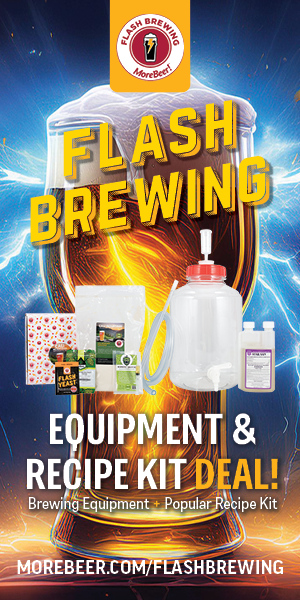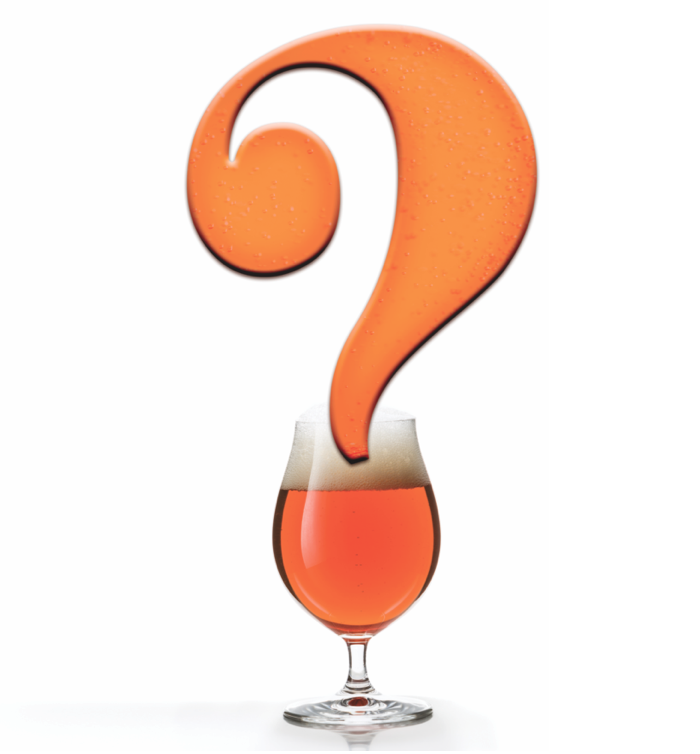Counting carbs in homebrew
Q: Two nutrient analytics labs tested my first attempt at a low-carb beer and showed all sugars and carbs as less than 1 g per 100 mL. Yet it does spike my blood sugar severely. According to Brewfather, my recipe should have 3.6 g of carbs per 100 mL. Are the labs missing some type of sugar or carbs?
— Pieter de Weerdt, Via Live Chat
A: This is a great question that affects beer lovers of all sorts, especially those of us who keep a watchful eye on our blood glucose levels. Unfortunately, I cannot provide any specific details about the data you received from the labs who ran your testing with the available information. It does seem unusual that beer with 1 gram of carbs per 100 mL would cause a spike in your blood glucose. As a comparison, commercially produced light/low carb beers brewed in the U.S. contain between 0.7 – 1.9 grams of carbs per 100 mL of beer. Although I cannot provide information about the past, I can comment on differences between expectations and measured values, how to estimate carbs, and a few ways to reduce them in beer. Let’s begin with predictions.
Recipe calculators use predictive equations to estimate alcohol and residual extract based on the original gravity and predicted final gravity. Because malt specifics, mashing particulars, and water chemistry can all affect wort fermentability, predicting final gravity is not much more than a guess. Furthermore, yeast strain, pitching rate, and yeast nutrients influence residual carbohydrates left behind after fermentation. In my experience, making assumptions about fermentation is not as approximate as assumptions about wort composition. That said, predicting final gravity is approximate.
A better way to estimate alcohol and residual carbohydrates is to use a model that uses both original extract/gravity, and apparent extract/gravity. Two estimates I feel comfortable using are the following developed by Gary Spedding because I bumped these calculations against known beer data and they provide solid estimates. Although the original publication in Brewers Digest cannot be found online, this article in Brewers Journal contains Spedding’s calculations. There are two equations in this article for alcohol by weight (ABW) and it is the second that should be used (I converted equations from the original reference into a spreadsheet years ago and know that there was some sort of editorial confusion in the referenced article).
Real Extract = (Original Extract × 0.1948) + (Apparent Extract × 0.8052)
Alcohol by Weight = 0.8052 x (Original Extract-Real Extract) / 2.0665 – (1.0665 x Original Extract / 100)
Here is what the math above reveals about a typical beer-flavored beer with a wort gravity of 11 °Plato and a final gravity of 2 °Plato. Note that I have not included specific gravity equivalents because the equations above use Plato for the calculations, but for those curious we are talking about 1.044 OG and 1.008 FG. Also note that the units on Plato are grams extract per 100 mL of beer or percent by weight.
Real Extract = (11 x 0.1948) + (2 x 0.8052) = 3.74 °Plato
Alcohol by Weight = [0.8052 x (11 – 2)] / [2.0665 – (1.0665 x 2/100)] = 3.5% ABW (g/100 mL)
Alcohol by volume is equal to ABW / 0.79 (the density of ethanol), and 3.5% ABW equals 4.5% ABV. I only show ABV because it is the most common unit used to express alcoholic strength in beer, wine, and spirits. However, when it comes to calculating grams of residual extract and calories, percent by weight is the value to use.
The term real extract is used to define dissolved solids in beer, which are mainly comprised of carbohydrates but also include protein, minerals, and hop acids. For your inquiry, it is safe to assume that 100% of the real extract can be attributed to carbs because that slightly overestimates the value.
We have determined that beer with an OG of 11 °Plato and a final gravity of 2 °Plato contains 3.7 grams of carbs per 100 mL of beer and 3.5% ABW. Carbs contain 4 kcal/gram and alcohol contains 7 kcal/g, giving the beer in this example 39.3 kcal/100 mL of beer or 140 kcal per 12-oz. (355-mL) serving.
In my experience, a lab analysis should provide data that is similar to what is calculated above provided you are producing beer that falls into the typical range of beers found in the market. Spedding’s calculations are based on beer data and do not work for completely fermentable solutions. Without knowing the original extract and apparent extract of your beer, I don’t know if the Brewfather prediction is off or if the labs are off. Run the numbers to see which set of data seems most plausible.
I am guessing from your question you may use a continuous blood glucose monitor. I use one of these devices and have learned a lot about how different foods and beers affect my blood glucose. I feel fortunate to have discovered that my blood glucose was abnormally high a few years ago and to be successfully controlling things with a combination of diet, medication, and monitoring. One thing I learned is my body reacts differently to some beers. When I drink non-alcoholic beers produced using maltose-negative yeast strains, for example, my blood glucose usually spikes because these beers contain all of the maltose and maltotriose that comes with mashing. I also have noted spikes when drinking “normal” beers that have above average final gravities. One hunch that I have with some of these beers is that they have been fermented with yeast strains that do not ferment maltotriose. Unfortunately, this property of yeast strains is not widely published. It is known, however, that many English strains popular among the haze-crazed crowd do not ferment maltotriose.
Methods to lower carbs in beer include extended mash rests in the 140–145 °F (60–63 °C) range, the use of exogenous alpha amylase or amyloglucosidase in the mash or fermenter, substituting sucrose or dextrose/glucose for a portion of malt or malt extract to increase wort fermentability, brewing lower gravity beer styles, selecting high-attenuating yeast strains, and taking advantage of hop creep to dry beers out.



